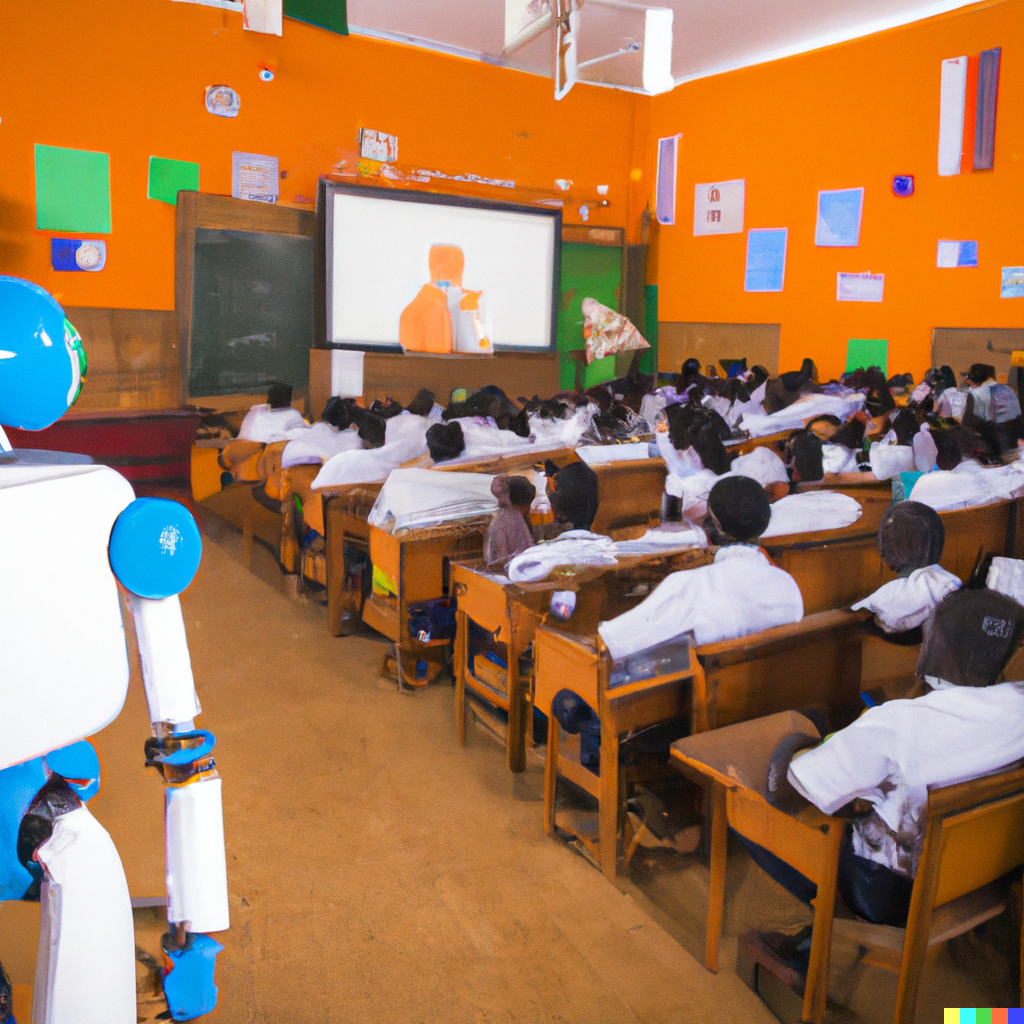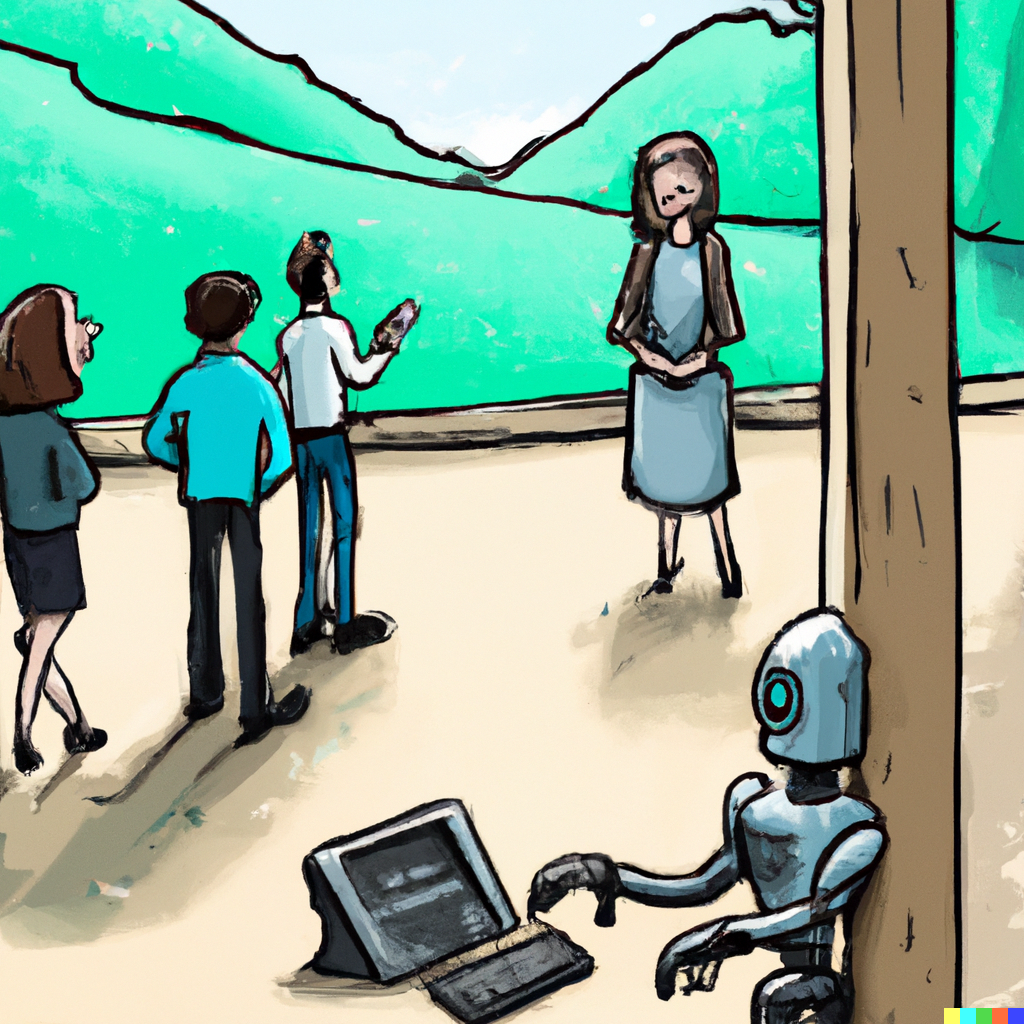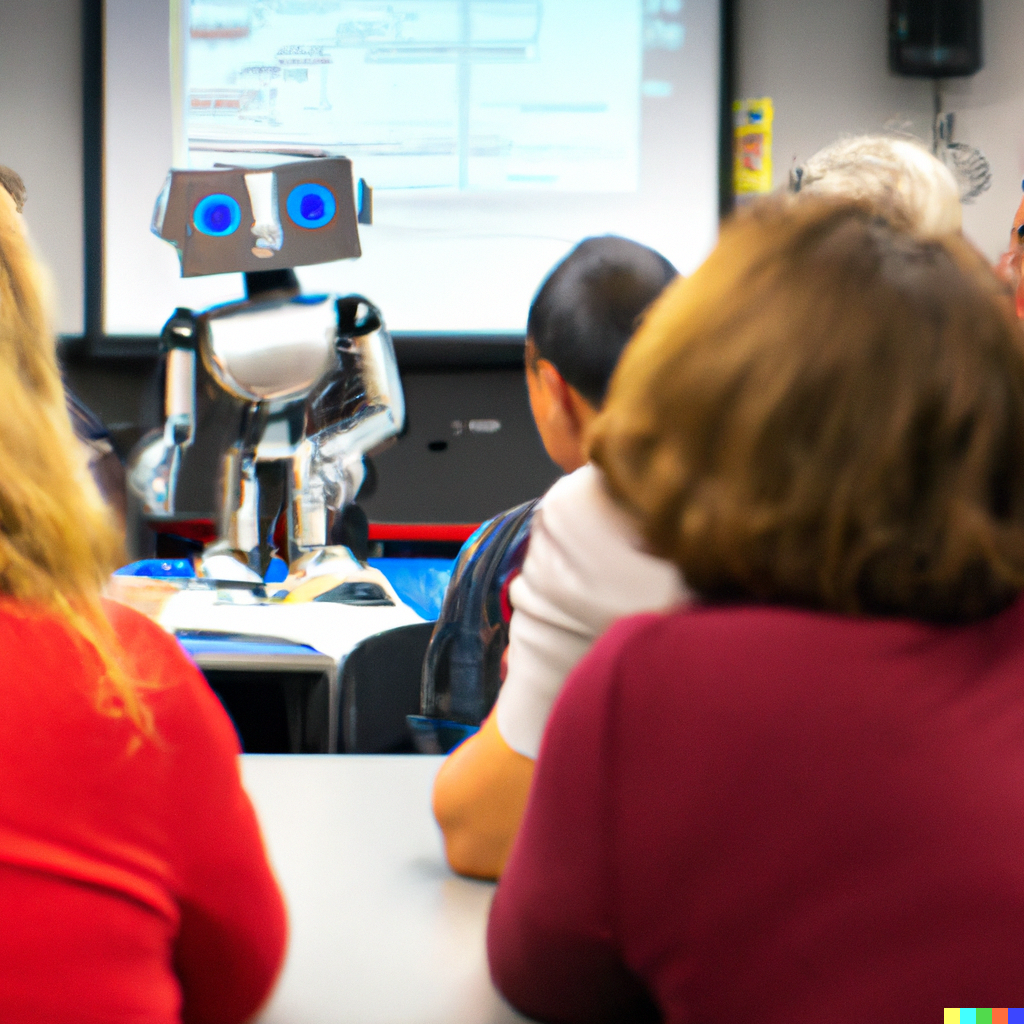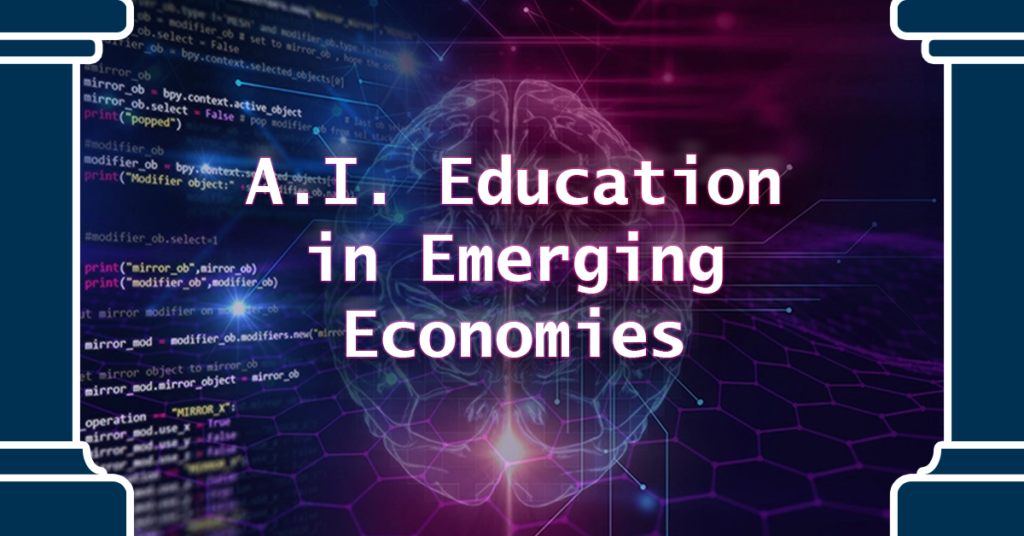Education is the foundation for economic growth and social progress, but it remains a challenge in many emerging economies. Limited resources, infrastructure, and access to quality educational materials are some of the major hurdles faced by educators and students in these contexts.
Challenges to Education in Emerging Economies
Despite efforts to improve access to education in emerging economies, there are still many challenges to providing quality education. Limited resources and infrastructure for education are significant barriers to learning. This is compounded by high student-to-teacher ratios, which make it difficult for teachers to provide individualized attention to each student. Inadequate facilities, such as classrooms that are overcrowded or lack basic amenities, also contribute to poor learning outcomes. In addition, many students in emerging economies lack access to quality educational materials, such as textbooks and online resources, which can limit their ability to learn and succeed in school. These challenges require innovative solutions, and AI has the potential to play a transformative role in addressing them.

Opportunities for AI in Education
AI presents a range of opportunities for improving education, particularly in emerging economies. One of the key benefits of AI is its ability to provide personalized learning experiences for students. With AI-powered tools, teachers can tailor instruction to each student’s individual needs, ensuring that they receive the support they need to succeed. Additionally, AI can automate administrative tasks such as grading and scheduling, allowing teachers to spend more time on instruction. Finally, AI can improve accessibility for remote and underprivileged students by providing online resources and tools that would otherwise be unavailable.

Potential Risks of AI in Education
While AI presents significant opportunities for improving education, it also carries potential risks that must be addressed to ensure that it is used in a responsible and equitable way. One of the key risks is the potential for AI to widen existing inequalities if it is only accessible to those with resources. This could exacerbate existing disparities in education access and achievement if only those who can afford AI-powered tools and solutions are able to benefit from them. Another risk is that AI may reinforce existing biases and inequalities if it is not designed with a focus on equity and inclusivity. This could lead to the perpetuation of discriminatory practices or the marginalization of certain groups of students. Finally, there is a risk that AI could replace human teachers with AI-powered solutions. While AI can enhance the learning experience, it cannot replace the essential human connection and social interaction that is integral to learning.

Designing Ethical AI-Powered Education Systems
Designing ethical AI-powered education systems is essential to ensuring that AI is used in a responsible and equitable way. This means involving all stakeholders, including students, teachers, parents, and policymakers, in the design and implementation process. By incorporating diverse perspectives and experiences, we can ensure that AI solutions are designed to meet the unique needs and challenges of different communities. Furthermore, it is crucial to recognize that AI should be used to support, not replace, human teachers. This means designing AI solutions that augment the work of human teachers, rather than seeking to replace them entirely. Finally, it is important to design AI solutions that can work with limited resources and infrastructure, as many emerging economies may lack the necessary technological and infrastructural resources to fully leverage the potential of AI. By adopting these principles, we can ensure that AI is used in a way that promotes the overall well-being of students.

Conclusion
While there are challenges associated with limited resources and infrastructure, the opportunities presented by AI-powered solutions are significant. The use of AI in education has the potential to provide personalized learning experiences, automate administrative tasks, and improve access to education for remote and underprivileged students. However, the risks associated with reinforcing biases and inequalities, as well as the risk of replacing human teachers, must be addressed through the design of ethical AI-powered education systems. Policymakers, educators, and technologists must work together to ensure that AI is used in a way that promotes equity and inclusivity in emerging economies, and that it is designed to support, rather than replace, human teachers. It is only through collaboration and a commitment to ethical design that we can ensure that AI is used to its full potential to improve access to education for all.
AI Images generated with DALL-E by OpenAI
Thank you for reading about AI Education in Emerging Economies. Please share this article with your learning and teaching networks.
Book a Consultation: https://www.icarus.so/contact
Follow us on Twitter: https://www.twitter.com/IcarusLS
Follow us on LinkedIn: https://www.linkedin.com/company/icaruslearning

